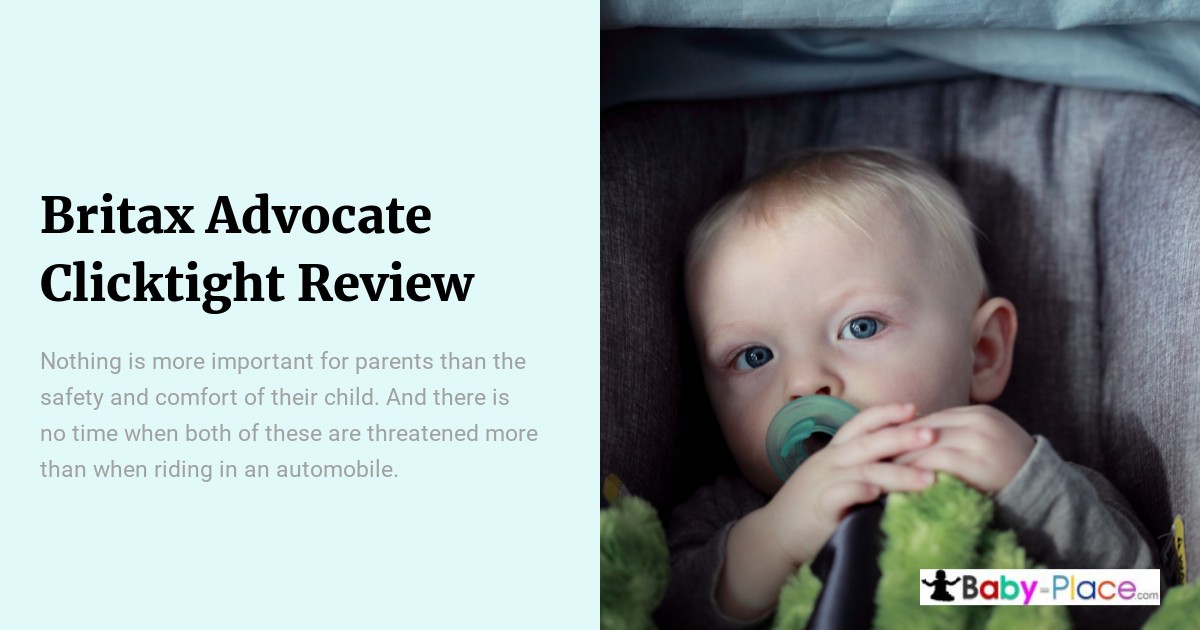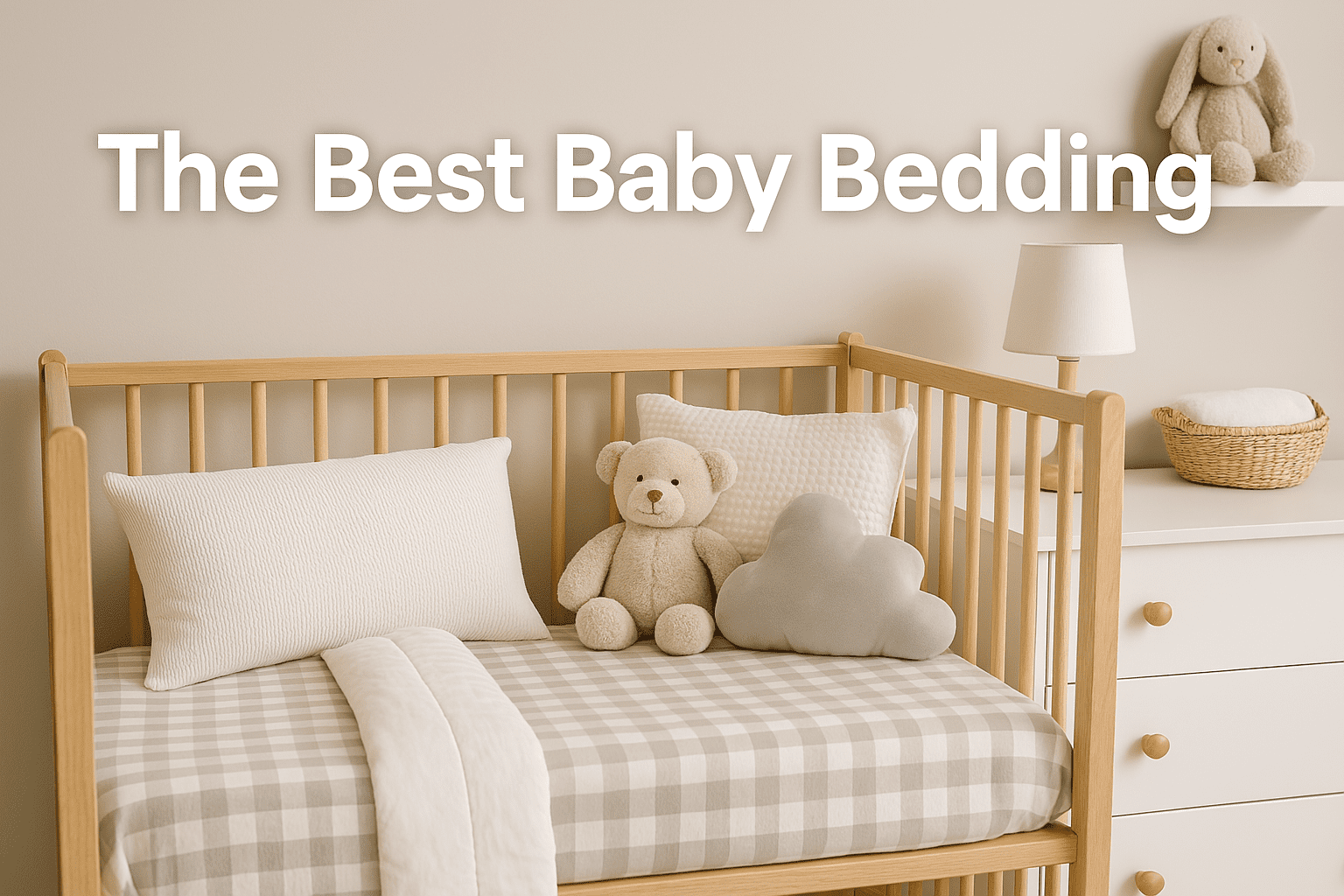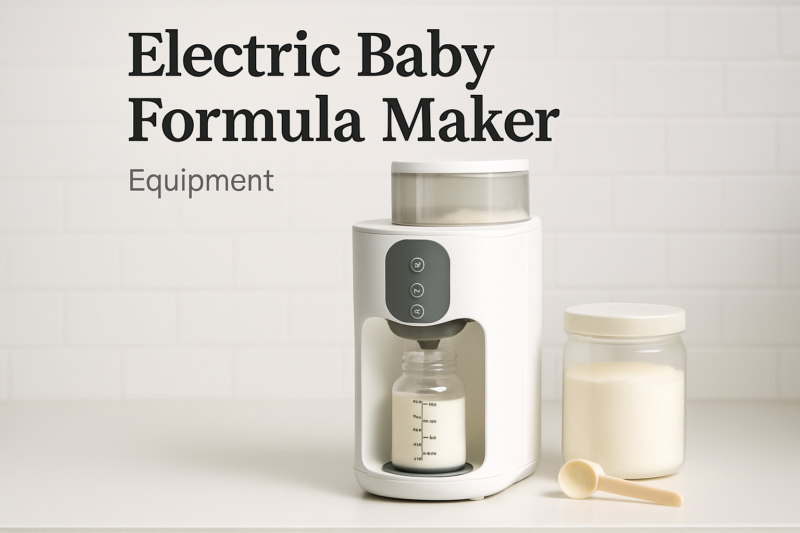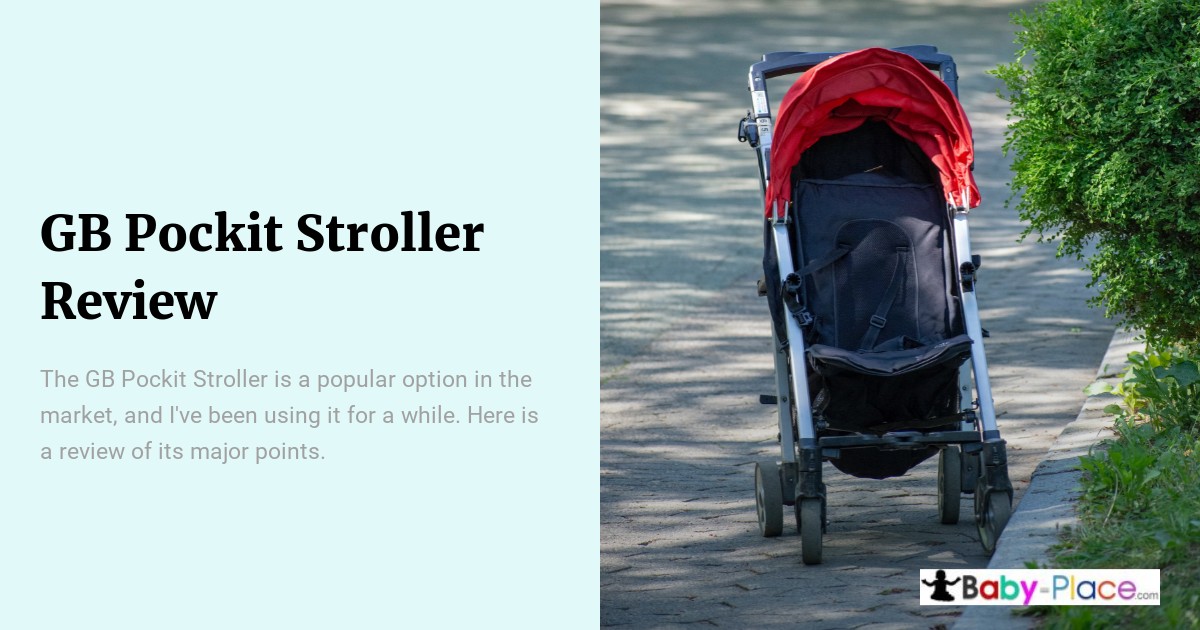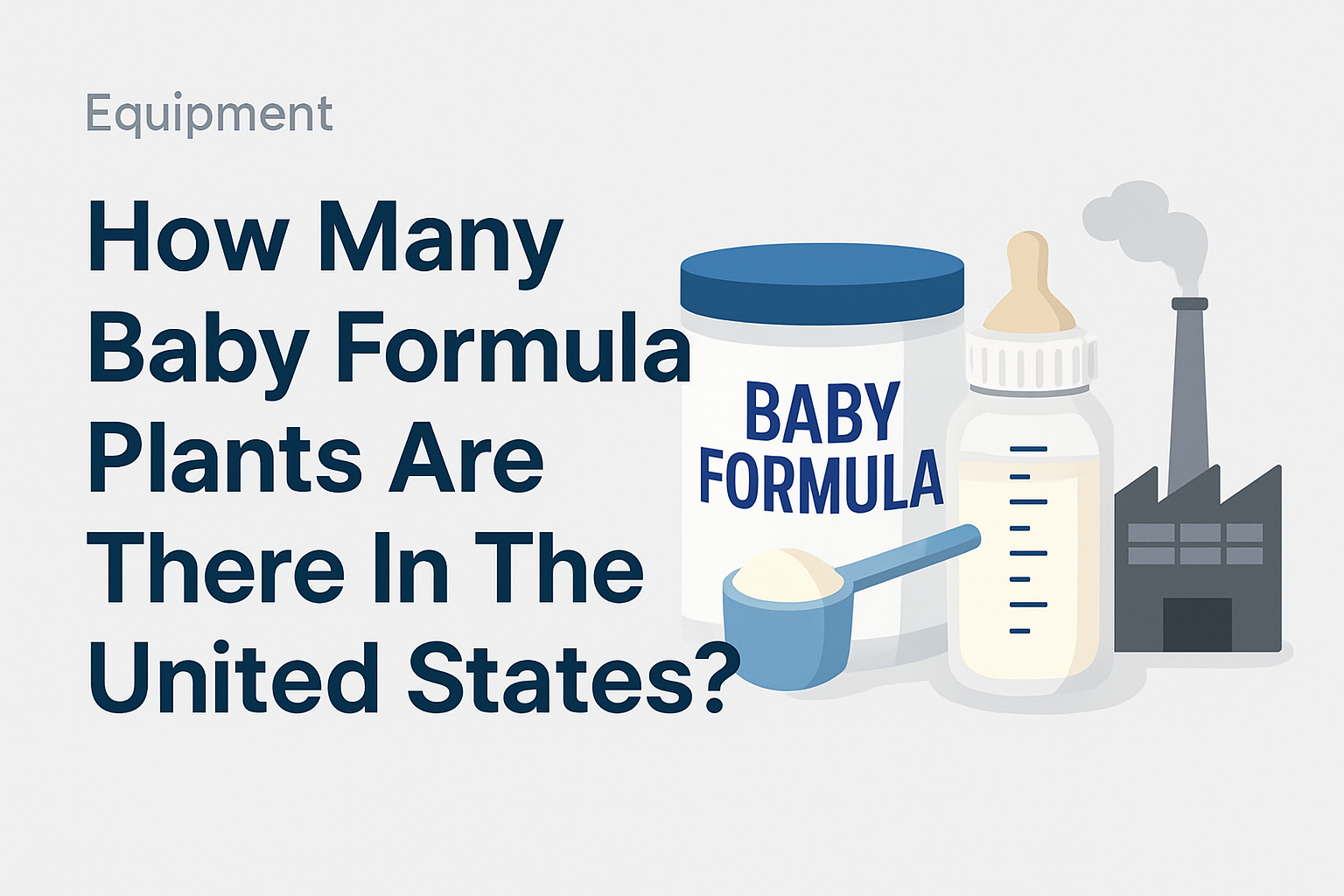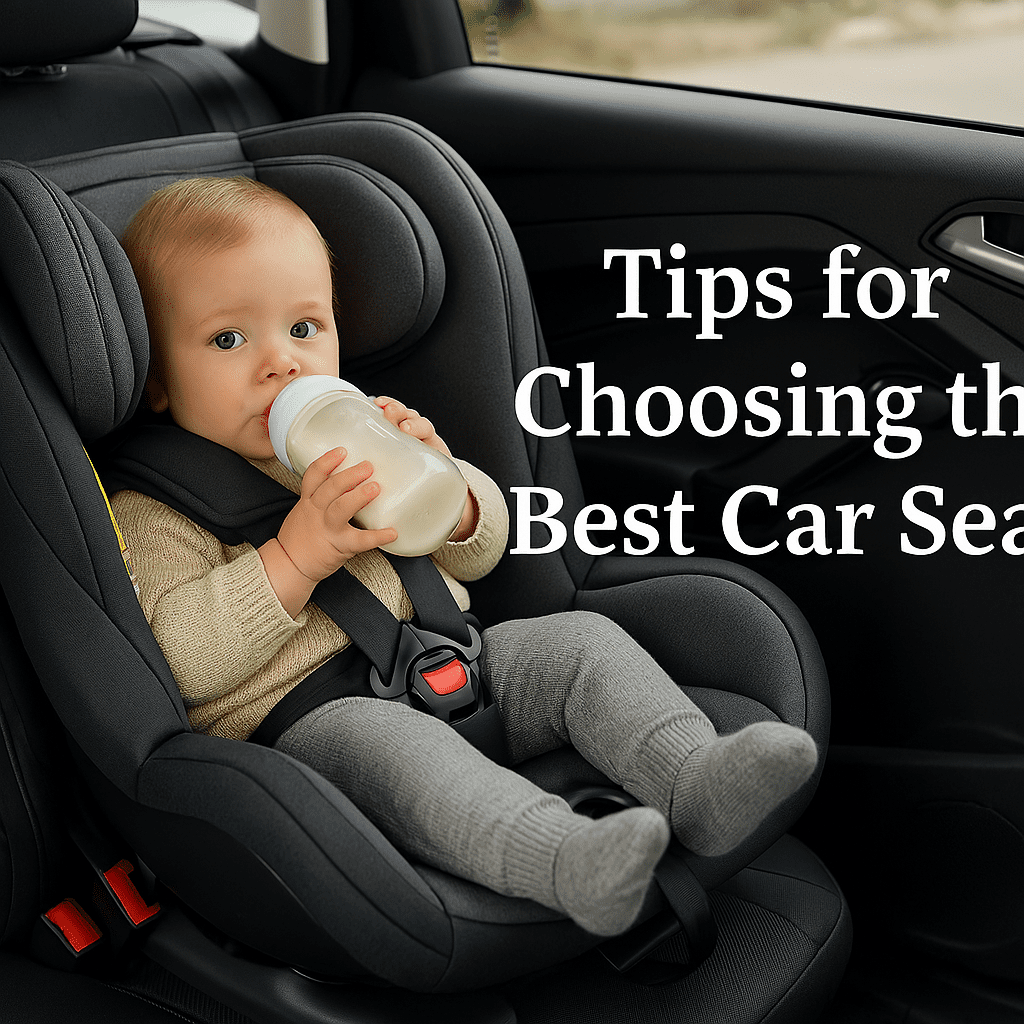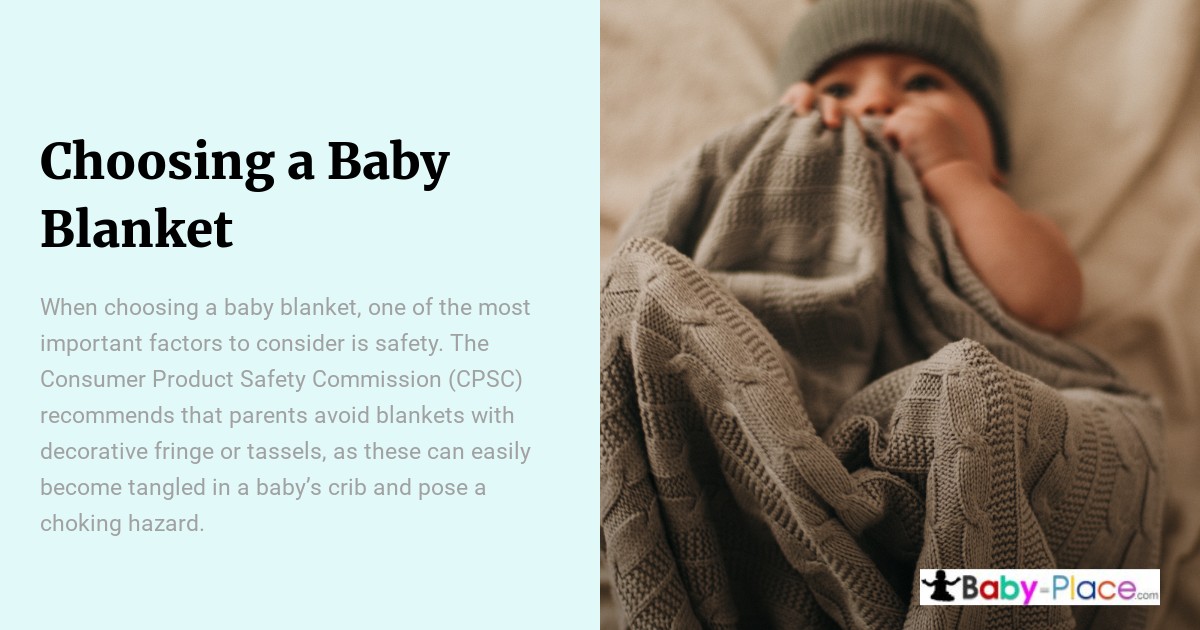
When we were first married, my husband and I shared a blanket at night as we thought it was what married couples were meant to do. After about a week, I had my first marital weep and told him we had to get separate blankets. I would be woken up whenever he turned, reached out, or kicked.
I won, and we went shopping the next day.
He got over his distress quickly when I let him buy a new screwdriver!
I don’t personally like to share my blanket with anybody, INCLUDING my baby. If you are the same or want to buy a baby blanket and want to know which type of baby blanket to buy, then carry on reading.
What to Consider When Choosing a Baby Blanket?
Safety
When choosing a baby blanket, safety is one of the most important factors. The Consumer Product Safety Commission (CPSC) recommends that parents avoid blankets with decorative fringe or tassels, as these can easily become tangled in a baby’s crib and pose a choking hazard.
Parents should also be sure to choose a blanket made from safe materials. Blankets made from natural fibers such as wool or cotton are generally safer than synthetic materials containing harmful chemicals.

Avoid too heavy or constricting blankets, as these can increase the risk of SIDS (Sudden Infant Death Syndrome).
Finally, it’s essential to consider the size of the blanket. A baby blanket should be big enough to cover the baby from head to toe.
The Different Types of Fabric Available
There are a few different types of fabric that are commonly used for baby blankets. Fleece, cotton, and wool are the most common, but each has its benefits and drawbacks.
Fleece Blankets:
Fleece is soft and comfortable against the baby’s skin and warm and insulating. They are a very popular choice for babies.
Cotton Blankets:
Cotton is natural, breathable, and easy to clean. It also tends to be relatively affordable. However, cotton can be less insulating than other materials and may not be as durable over time.
Wool Blankets:
Wool is naturally insulating and keeps moisture away from the skin to keep your baby dry and comfortable. It is also durable and can last for many years with proper care. However, wool is also the most expensive of the three fabrics.
Types of Baby Blankets
A few different types of baby blankets are available on the market today.
Receiving Blankets
It is essential to keep your newborn baby warm, especially during winter. A great way to do this is by using receiving blankets. Receiving blankets are thin, lightweight, and easily wrapped around a baby.
There are a few things to keep in mind when purchasing receiving blankets for your newborn.
- Choose a blanket made of 100% cotton or bamboo fiber. Both materials are breathable and help keep your baby cool and comfortable.
- Look for a soft and gentle blanket against your baby’s skin. Many receiving blankets come with a satin binding, irritating some babies. If this is the case, try looking for a blanket that does not bind.
- Make sure to choose a blanket that is the right size. A good rule of thumb is to purchase a blanket at least four times the size of your baby. This will give your baby plenty of room to grow.
Swaddling Blankets
Swaddling blankets are large, square-shaped blankets designed specifically for swaddling babies. Swaddling helps keep newborns calm and relaxed, and it can also help prevent them from kicking their covers off during the night.
When choosing a swaddling blanket, selecting one made from a lightweight, breathable fabric such as cotton or bamboo is essential. Selecting a large blanket to wrap around your baby securely is also necessary.
Crocheted Blankets
Crocheted blankets are popular gifts for newborns, as they are soft and cozy. Most crocheted blankets are made with a lightweight yarn, making them perfect for year-round use.
Select a simple design when choosing a crochet pattern for a baby blanket. Some popular patterns include the Granny Square, the Shell Stitch, and the Bobble Stitch.
Starting with a basic granny square pattern is a good idea if you’re new to crochet. This design is simple to crochet and can be adapted in many different ways. Plus, granny squares can be easily joined together to create larger blankets.
Sleep Sacks
Sleep sacks are perfect for keeping babies warm and cozy during sleep. They also offer security and comfort, especially for newborns still getting used to sleeping in a crib or bassinet.
There are a variety of sleep sacks on the market, so it’s essential to select one that is appropriate for your baby’s age and weight. Sleep sacks should be snug-fitting but not too tight, as they can cause overheating. It’s also essential to make sure no loose strings or ribbons could pose a strangulation hazard.
Most sleep sacks can be machine-washed and dried, making them easy to care for. When choosing a sleep sack, look for one made from breathable, lightweight fabric such as cotton or bamboo.
Thermal Blankets
Thermal blankets are a great way to keep your baby warm and comfortable. They work by trapping the heat your baby generates and keeping it close to their body. This helps to maintain their body temperature and prevents them from getting cold.
There are a few things you should keep in mind when using a thermal blanket for your baby:
- Make sure you choose the right size for your child. You want the blanket to be big enough to cover them completely but not so big that it gets in the way or bunches up.
- Make sure the blanket is made of a soft material that won’t scratch or irritate their skin.
- Never leave your baby unattended while they’re sleeping with a thermal blanket.
Fleece Blankets
Fleece blankets are popular for babies because they are soft and warm. They can also be washed and dried easily, making them a practical choice for busy parents.
When choosing a fleece blanket for your baby, select one made from safe materials. Some lower-quality fleece blankets may contain harmful substances that can harm your baby. Always check the label to ensure the blanket is 100% polyester and free of toxic dyes or chemicals.
Quilts
Gifting a quilt can be a fun and meaningful way to celebrate the arrival of a new child. They can also provide comfort and security to a newborn. There are many different ways to make quilts for babies, and many different designs can be used.
One popular design for quilts for babies is the patchwork quilt. This type of quilt comprises small squares or patches of fabric sewn together. Another popular option is the receiving blanket quilt. This quilt is typically made out of lightweight material and is designed as a baby’s first blanket.
When choosing fabric for a baby’s quilt, selecting soft and safe fabrics is essential. Cotton is a good choice, as it is soft and safe for a baby’s skin. You can also use flannel, a soft, brushed cotton fabric.
How to Choose the Perfect Blanket for Your Child?
It can be tricky to choose the perfect baby blanket for your child. You’ll want to consider a few different factors before making your decision.
Climate
It is essential to choose the perfect blanket for your child’s climate. For example, a lighter-weight blanket may be more appropriate for a child living in a warm climate, while a heavier-weight blanket would be more appropriate for a child living in a colder climate.
It is also essential to consider the fabric of the blanket. Some fabrics are better at regulating temperature than others.
For example, wool blankets keep people warm in cold weather and cool in hot weather. Cotton blankets are not as good at regulating temperature as wool blankets, but they are still better than synthetics at regulating temperature.
Size
The perfect blanket for your child should be the right size to keep them warm without being too heavy or bulky. A small child would be overwhelmed by a large blanket, while a large child would become cold under a thin blanket.
Texture
When choosing a blanket for your child, it’s essential to consider the texture. Look for a soft and cozy blanket, but not too heavy or bulky. It should be lightweight enough to be easily wrapped around your child and durable enough to withstand frequent use.
Some parents prefer blankets with a smooth texture, while others prefer blankets with a bumpy or ridged texture. Ultimately, it comes down to personal preference. If you’re unsure which type of blanket is best for your child, try a few different styles and see which one they prefer.
Fabric
When choosing a blanket for a child, it is essential to consider the fabric type. Some fabrics are better at regulating temperature than others.
- Wool is an excellent fabric for keeping children warm because it naturally regulates body temperature. It also helps absorb moisture, so it’s ideal for children who sweat at night.
- Cotton is another good option for regulating temperature. It absorbs moisture and breathes well, making it a good choice for summer nights.
- Polyester is not as good at regulating temperature as wool or cotton, but it does have some advantages. It’s durable and doesn’t shrink, making it a good choice for children who tend to wear their blankets out quickly. It’s also hypoallergenic, making it a good choice for children with allergies.
Design of the Blanket
Finally, you’ll want to think about the design of the blanket. If you want something stylish and decorative, you’ll need to choose a blanket with a lovely pattern or design. However, you’ll also want to make sure the design isn’t too fussy or busy, as it could be dangerous for your child.
Tips for Using and Caring for Different Types of Baby Blankets
Once you’ve chosen the perfect baby blanket, knowing how to use and care for it is essential. Here are a few tips:
- Always use the blanket for its intended purpose. Never use it as a restraint or to cover your child’s head.
- Make sure the blanket is the right size for your child. It should be large enough to cover them from head to toe but not so large that it becomes cumbersome.
- Wash the blanket regularly to keep it clean and free of bacteria. Cotton blankets can be machine washed, while wool blankets should be hand washed in cool water.
- Store the blanket in a dry place when not in use. Wool blankets should be stored in a cool, dark place, while cotton blankets can be stored anywhere.
- Don’t let your child play with the blanket unsupervised. The edges of a blanket can be dangerous for a child if left unsupervised.
With these tips, you can keep your child warm and safe with the perfect baby blanket.
Safety Reminders
Parents need to be aware of the dangers posed by baby blankets. Here are a few safety reminders:
- Never place a baby blanket in the crib with the baby. The baby could become tangled in the blanket and suffocate.
- If you choose to use a baby blanket, make sure it is lightweight and made of cotton or another breathable fabric.
- Never cover your baby’s head with a blanket. This could cause your baby to overheat and suffocate.
- Keep all blankets away from the fireplace and other heat sources, as they could catch fire and burn your child.
- Keep all sharp objects, such as pins and needles, away from the blanket. These could cause injury to your child.
With these safety reminders in mind, you can keep your child safe and warm with a baby blanket.
Frequently Asked Questions:
Why is safety an important factor when choosing a baby blanket?
Safety is crucial when choosing a baby blanket because certain features like decorative fringe or tassels can pose choking hazards. Additionally, materials should be safe, avoiding synthetic fabrics with harmful chemicals. Heavy or constricting blankets can increase the risk of SIDS (Sudden Infant Death Syndrome), and the blanket should be appropriately sized to cover the baby from head to toe.
What are the different types of baby blankets available?
There are several types of baby blankets, including receiving blankets (thin and lightweight for newborns), swaddling blankets (large and square-shaped for swaddling), crocheted blankets (soft and cozy), sleep sacks (snug-fitting for warmth and security), thermal blankets (heat-trapping for warmth), fleece blankets (soft and easy to clean), and quilts (often made from soft fabrics like cotton or flannel).
What fabrics are commonly used for baby blankets, and what are their benefits?
Common fabrics for baby blankets include fleece (soft and insulating), cotton (breathable and easy to clean), and wool (naturally insulating and moisture-wicking). Fleece is warm and comfortable, cotton is affordable and breathable, and wool is durable and excellent for temperature regulation, though it tends to be more expensive.
How should parents care for and use baby blankets safely?
Parents should use baby blankets for their intended purpose, ensure they are the right size, and wash them regularly (cotton can be machine-washed, while wool should be hand-washed). Blankets should be stored in a dry place, and children should not play with them unsupervised. Safety reminders include never placing blankets in a crib with a baby, avoiding covering the baby's head, and keeping blankets away from heat sources and sharp objects.
What factors should parents consider when choosing the perfect baby blanket?
Parents should consider the climate (lighter blankets for warm weather, heavier for cold), size (appropriately sized to cover the baby without being bulky), texture (soft and cozy but not too heavy), fabric (wool for temperature regulation, cotton for breathability), and design (safe and not too fussy). These factors help ensure the blanket is both comfortable and safe for the baby.

